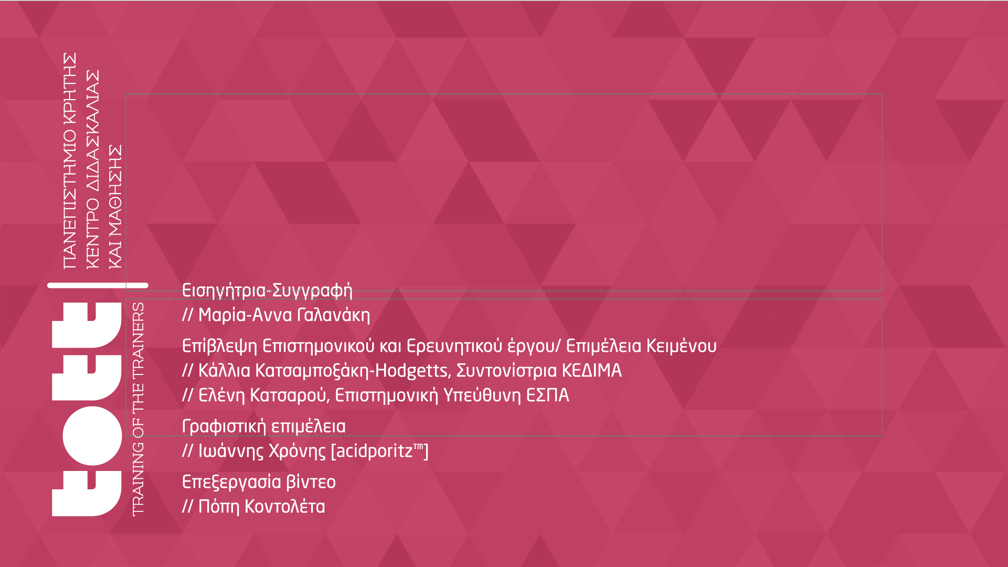Syllabus & Lesson Design Principles
August 30, 2023 2023-08-30 21:51Syllabus & Lesson Design Principles
When designing our lessons or syllabus, it is necessary to select a design model (O’Neil, 2015). Choosing a model or synthesising features into a new model is related to choosing a certain learning theory that shows what is ultimately of value to us. More specifically, if we choose a model that focuses on knowledge dissemination by lecturers while students are passive recipients , we are in fact only (or mainly) interested in the instructional content and possibly consider learning as simply presenting information to students (Smith, 1996; 2000 in Hughes & Munro, 2012: 22) assuming that just listening to the lecture is an adequate learning opportunity.
If we choose a goal-oriented model without creating adequate learning opportunities for students, we are interested in setting very specific goals that correlate – in a behavioural-technical way – with defined outcomes, and as such, perhaps knowledge is perceived as a ready-made product that students have to master themselves (Smith, 1996; 2000 in Hughes & Munro, 2012: 22). The question remains though if this is actually the case when it comes to transformative learning opportunities.
If we choose a goal-oriented model without creating adequate learning opportunities for students, we are interested in setting very specific goals that correlate – in a behavioural-technical way – with defined outcomes, and as such, perhaps knowledge is perceived as a ready-made product that students have to master themselves (Smith, 1996; 2000 in Hughes & Munro, 2012: 22). The question remains though if this is actually the case when it comes to transformative learning opportunities.
If we choose the process model (Stenhouse, 1972), which is grounded in constructivism, there is emphasis on active interaction among students and how knowledge is gradually transformed through the cultivation of social, metacognitive and cognitive skills (Smith, 1996; 2000 in Hughes & Munro, 2012: 22).
When designing (or redesigning) our syllabus or lesson, underpinning principles raise complex questions concerning the choice of an appropriate design model. Are we, as academics, interested in a teacher-centred model that focuses on learning outcomes with well-structured and organised presentations, followed by summative exams (Tyler, 1949) or are we interested in a student-centred model that focuses on learning experiences with interactional features (Blumberg, 2019) that puts emphasis on student agency that allows student growth and progress within a dynamic community of learners?




